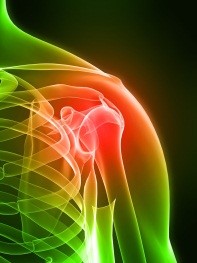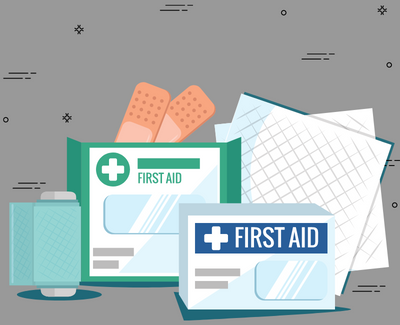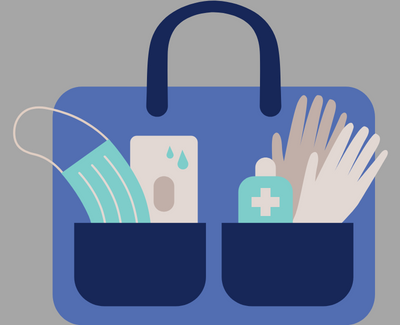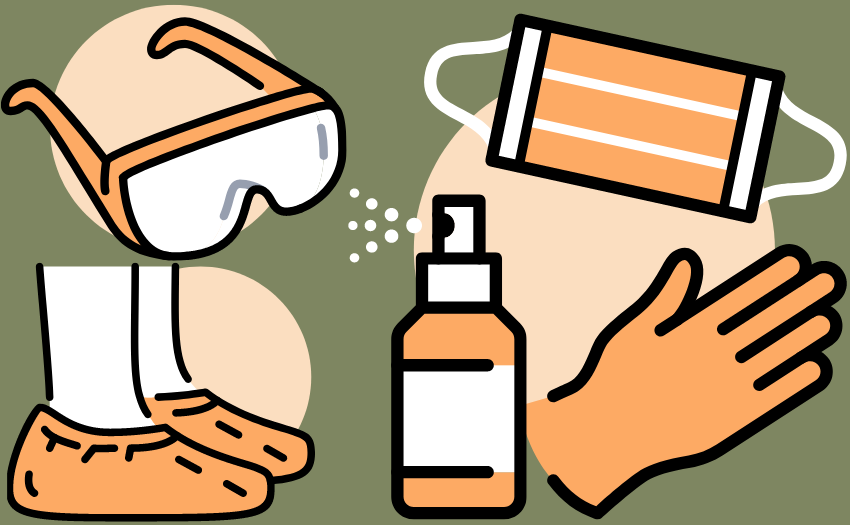What can you do to cut down your risk of having a shoulder injury?
WHY: Much of what we do in our day to day work involves using our arms and shoulders to reach, carry, lift, push or pull something. We probably do most of these things without even thinking, that is, until something starts to feel sore, or if we feel like we’ve really hurt something. If you know anyone who has had a serious shoulder injury, you know that is something you don’t want to go through yourself! It can be very painful, and take a long time to heal properly. Isn’t it a better idea to understand the risk factors and take precautions every day to keep your shoulders healthy and injury free?
WHAT: There are several types of common shoulder injuries. If the injury has developed over time, due to repeated overuse, it might be categorized as a repetitive motion injury, or a cumulative trauma disorder. Shoulders are prone to these injuries when we put them through too much activity (repetition), try to lift or move heavy objects over and over again, or use awkward postures and jerky movements. As we get older, we might become more sensitive to these risk factors. What are a few things you do in your job that involve shoulder motions? Does it involve: high repetition (like vacuuming); forceful exertion (like lifting trash into a dumpster); awkward postures (like cleaning under furniture or fixtures); exposure to cold temperatures (like working outside or in temperature controlled areas)? If so, you should be especially careful to follow safe work procedures to help protect your shoulders from injury.
WHEN: It is always a good idea to keep healthy habits: maintain an appropriate weight, eat healthy foods, stay away from smoking, and get proper exercise to maintain your strength and flexibility. If your job involves a lot of arm and shoulder work, get the rest you need at home before starting your shift. If you work a lot with your arms and shoulders at home, and then report right to work, you haven’t given yourself any time to rest or recover from previous exertion which can increase your risk of injury. While you work, stay aware of your capabilities: how much you feel you can lift comfortably; how long you can work without becoming physically exhausted or experiencing upper extremity (arm and shoulder) fatigue. While using tools or equipment, make sure to use proper technique and maintain good posture. For example, if you are vacuuming, use a step-rock motion with your legs to help push the vacuum instead of using jerky arm movements which can hurt your shoulder over time. If putting trash in a dumpster is too strenuous for you, or causes pain, talk to your supervisor. They may be able to get you some help, or reorganize your tasks to allow more rest in between jobs where you use arm or shoulder movements repeatedly.
HOW: Understand the risk factors for shoulder injuries. Make it a point to talk to your supervisor as soon as possible if you are having issues, or if you have ideas on how to make your work safer for the prevention of shoulder injuries.
Jani-King Gulf Coast
Recent Posts
Are You on The Path to Success? Ask Yourself These 6 Questions
Mar 30, 2023 1:36:54 PM / by Jani-King Gulf Coast posted in Insider
The path to success is not always an easy one. This is why it is important to evaluate the overall performance of your franchise. While evaluating your business monthly and even weekly is beneficial, another time to look at the big picture of your business is quarterly. At the end of the quarter, you’re able to see a large portion of your business’s progress for the year.
SAFETY TOPIC: PREVENT CUTS AND LACERATIONS
Nov 28, 2022 9:17:57 AM / by Jani-King Gulf Coast posted in Insider, Jani-King Gulf Coast, Safety Talk, Monthly Safety Topic, Risk Reduction
DECEMBER SAFETY TOPIC: PREVENT CUTS AND LACERATIONS
NOVEMBER SAFETY TOPIC: ILLNESS PREVENTION
Oct 27, 2022 10:26:34 AM / by Jani-King Gulf Coast posted in Insider, Jani-King Gulf Coast, Safety Talk, Monthly Safety Topic, Risk Reduction
Best Practices for Risk Reduction - Monthly 5 Minute Safety Talk
OCTOBER SAFETY TOPIC: GETTING TO KNOW A NEW FACILITY
Sep 14, 2022 2:07:01 PM / by Jani-King Gulf Coast posted in Insider, Jani-King Gulf Coast, Safety Talk, Monthly Safety Topic, Risk Reduction
Best Practices for Risk Reduction - Monthly 5 Minute Safety Talk
SEPTEMBER SAFETY TOPIC: PERSONAL PROTECTIVE EQUIPMENT
Aug 30, 2022 1:22:17 PM / by Jani-King Gulf Coast posted in Insider, Jani-King Gulf Coast, Safety Talk, Monthly Safety Topic, Risk Reduction
Best Practices for Risk Reduction - Monthly 5 Minute Safety Talk
AUGUST SAFETY TOPIC: CHEMICAL SAFETY
Jul 29, 2022 4:06:00 PM / by Jani-King Gulf Coast posted in Jani-King Gulf Coast, Safety Talk, Monthly Safety Topic, Risk Reduction
Best Practices for Risk Reduction - Monthly 5 Minute Safety Talk
What can you do to cut down your risk of accidents and injuries while working with chemicals?
JULY SAFETY TOPIC: FLOOR MACHINE SAFETY
Jun 30, 2022 10:43:05 AM / by Jani-King Gulf Coast posted in Jani-King Gulf Coast, Safety Talk, Monthly Safety Topic, Risk Reduction
Best Practices for Risk Reduction - Monthly 5 Minute Safety Talk
Floor machines come in many styles and power levels, from the standard electric stick model to battery and propane-powered ride-ons and walk-behinds. They use different pad types and abrasive factors to clean, wax, buff, and strip hard surface floors. Because floor maintenance involves using powered machinery and concentrated chemicals, it is important to keep safety and proper procedures in mind.
Get training and read the manufacturer’s instructions for your floor machine. Read the safety data sheets (SDS) for all floor maintenance chemicals and get training on their use and proper mix ratios. Because these chemicals are sold in concentrated forms, use caution when pouring and mixing; they pose a hazard to skin, eyes, the respiratory system, and possible property damage if they are not used correctly.







-2.png)
-1.png)